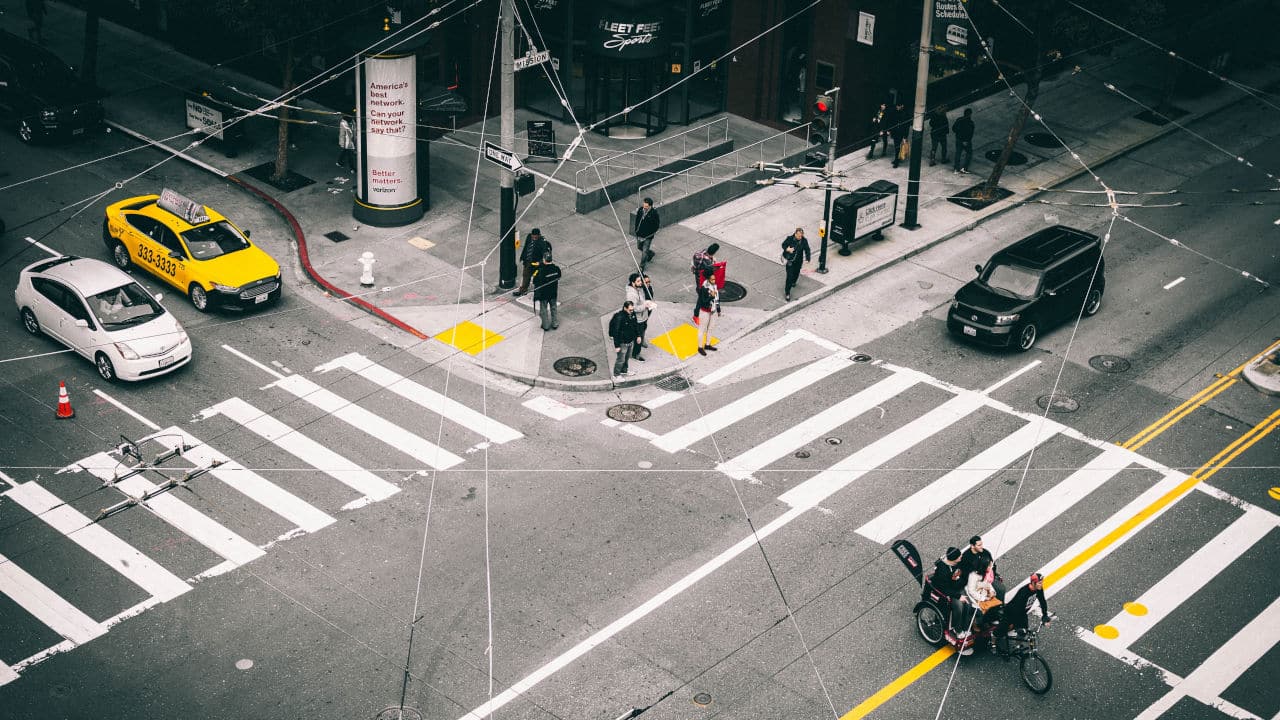A traffic crash, being quite a common occurrence in today’s world, involves several mishaps that take place on the road while in traffic. These happenings are harmful and deadly to lives, cause damages to properties involved in the crash, and cause a great threat to the finances of the individual(s) and their families.
While the medical practitioner is needed in the aftermath of a traffic crash, it is pertinent that road users, including pedestrians, are attentive to and understand road signs and road officials to prevent these devastating issues as they have a responsibility to themselves and other people on the road. It is in cases of negligence on the part of said road users that these traffic crashes may happen.
What is a Traffic Crash?
When a vehicle (car, motorcycle, truck, etc.) collides with another vehicle, pedestrian, animal, or stationary roadside objects such as a tree, building, or pole, it is said to be a traffic crash, also known as a traffic collision or car accident. It occurs in an area intended/used for public transport, which usually involves moving or stationary vehicles or pedestrians and leads to injury, damage to property, or loss of lives.
There are various outcomes of traffic crashes which are injury, disability, death, property damage as well as financial costs, and these can be categorized into physical, emotional, social, and economic effects. These effects affect the individual(s) involved, their families, and even the nation at large. According to WHO, “Every year, the lives of approximately 1.3 million people are cut short due to a road traffic crash”.
Physical effects can be severe such as brain injuries, spine injuries, and fractures, or they can be long-lasting and permanent such as death, paralysis, amputations, and TBIs, which could also lead to mental disorders. We can also see the mental/emotional effects of a traffic crash, like mental anguish, emotional distress, fear, anger, humiliation, anxiety, shock, embarrassment, random episodes of crying, mood swings, sleep disturbances, etc. Social and economic effects range from loss of productivity to reduced GDP growth.

What are the Common Causes of Traffic Crashes?
Natural and environmental problems cause a few traffic crashes, but a greater number are caused by the irresponsibility and negligence of human beings. Some causes of traffic crashes are overspeeding, drinking and driving, distracted driving (e.g., texting and talking on the phone), bad weather(rain, thunderstorms, etc.), defiance of traffic signs/wardens, road rage, and many more.
Due to the alarming traffic crashes that occur daily, there are various lawsuits concerning it. This one is the case of Chan v Peters which involved a boy, 17 years old, who a car driver struck while he was crossing the road near his school. The crash led to the claimant sustaining terrible injuries, part of it is an inability to remember the event of the crash. Luckily, other eyewitnesses could give evidence of what took place that day.
Another case is Goundry v Hepworth involving a vulnerable party, a 4-year-old. A group of pedestrians -an adult and a child- had crossed to the middle of the road and were waiting for two vehicles to pass, both of them coming from the left. The first car passed with no qualms, but while the second car was coming at a speed of 25 mph, the little boy ran into the road, and the car hit him. In this case, the driver did not exceed the speed limit, but an unsupervised child caused the traffic crash.
What, then, is the importance of legal animation in traffic crashes like this?
The Place of Legal Animation in Traffic Crash Trials
Having laid out the many contributing factors to and results of a traffic crash, it is evident that it can only take a powerful tool to secure a win in any case of traffic or road crashes. Traffic crash animation is introduced here. These animations are a convincing tool that aids the understanding of how the crash occurred in the jury and presiding judge.
With only word of mouth, comprehension may be slow or even difficult because it may not be easy to keep up with everything that led up to the event, much less the actual event. Animation fills in these loopholes and sheds light on every detail of the event. Through traffic crash graphics, elements like the speed of the vehicles/pedestrians in question, the space, visibility, the time in which it all happened, and the behavior and awareness of everyone involved are made clear to the jury. Not only that, but it also adds a little spice to a tedious workday. All these ultimately work in favor of the legal practitioner and bagging a win
In conclusion, the use of legal animation in illustrating traffic crashes cannot be overemphasized. It’s safe to say that it is a great tool that makes the whole court process easier for everyone involved.





